全部商品分类
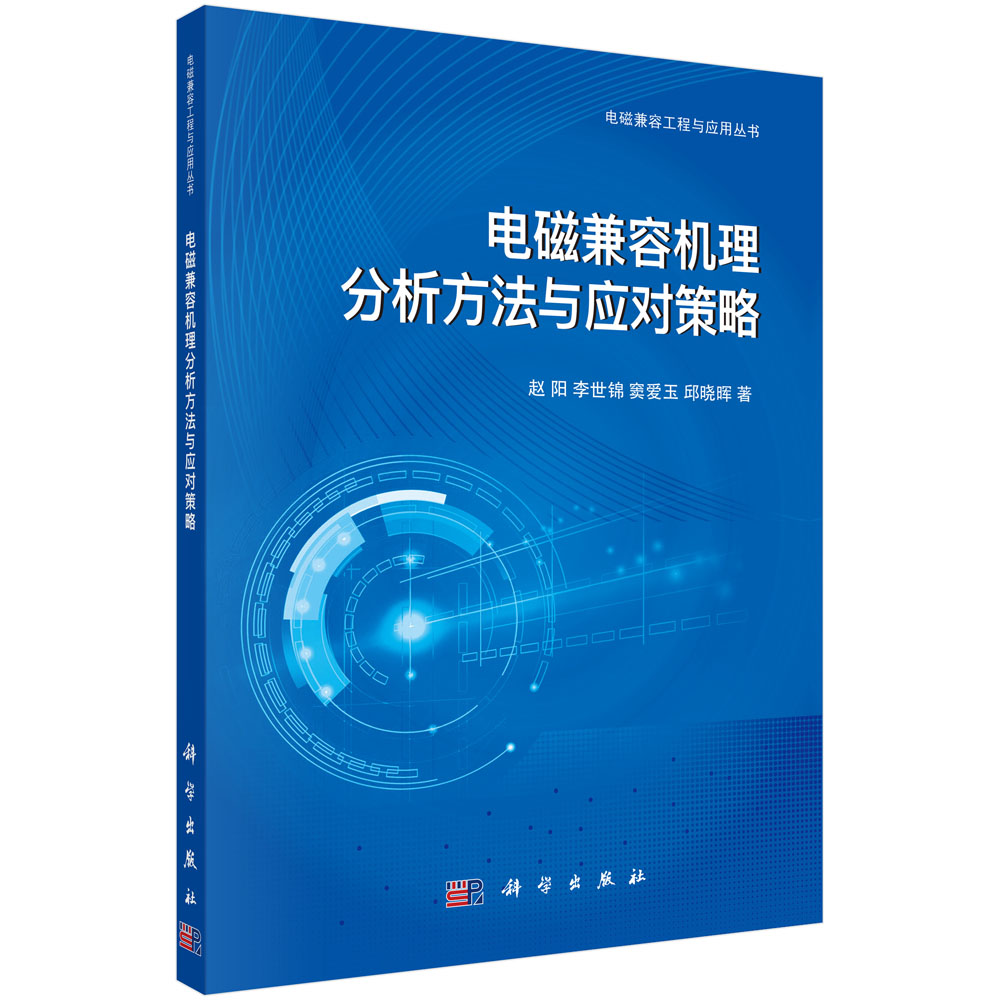
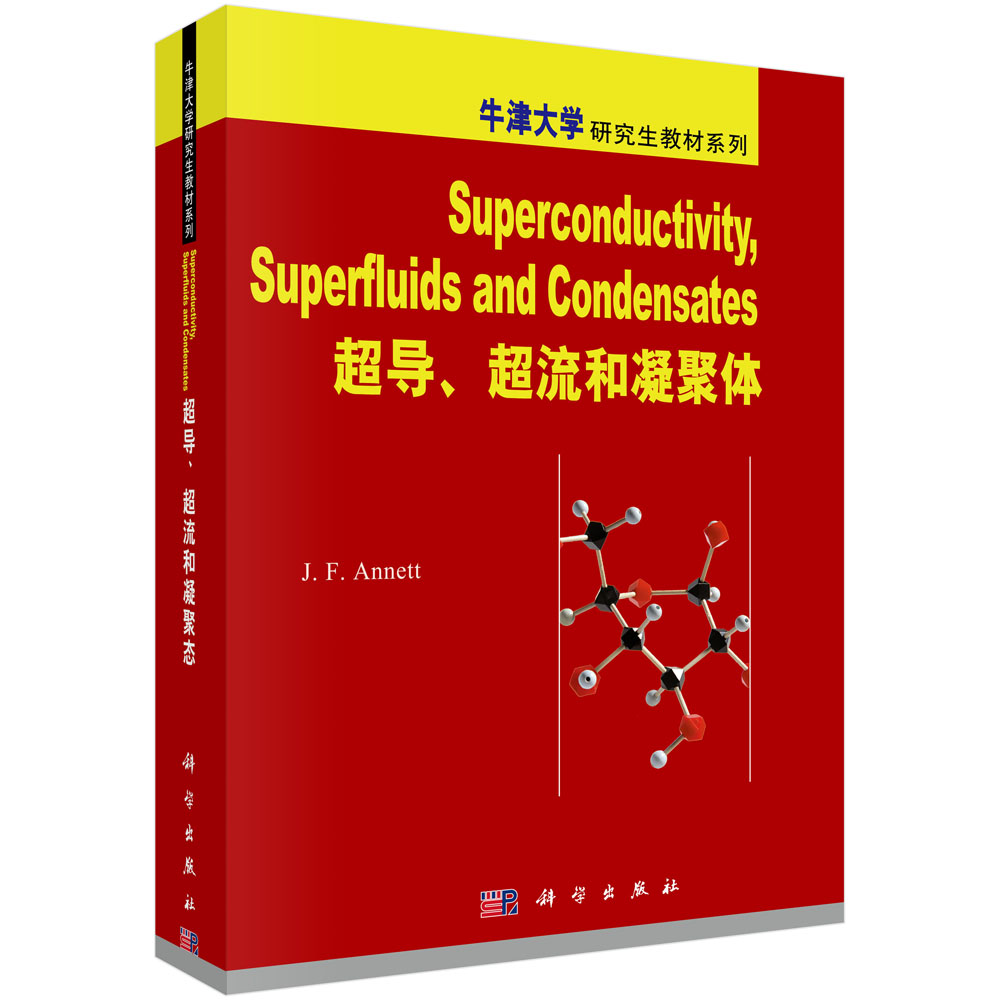
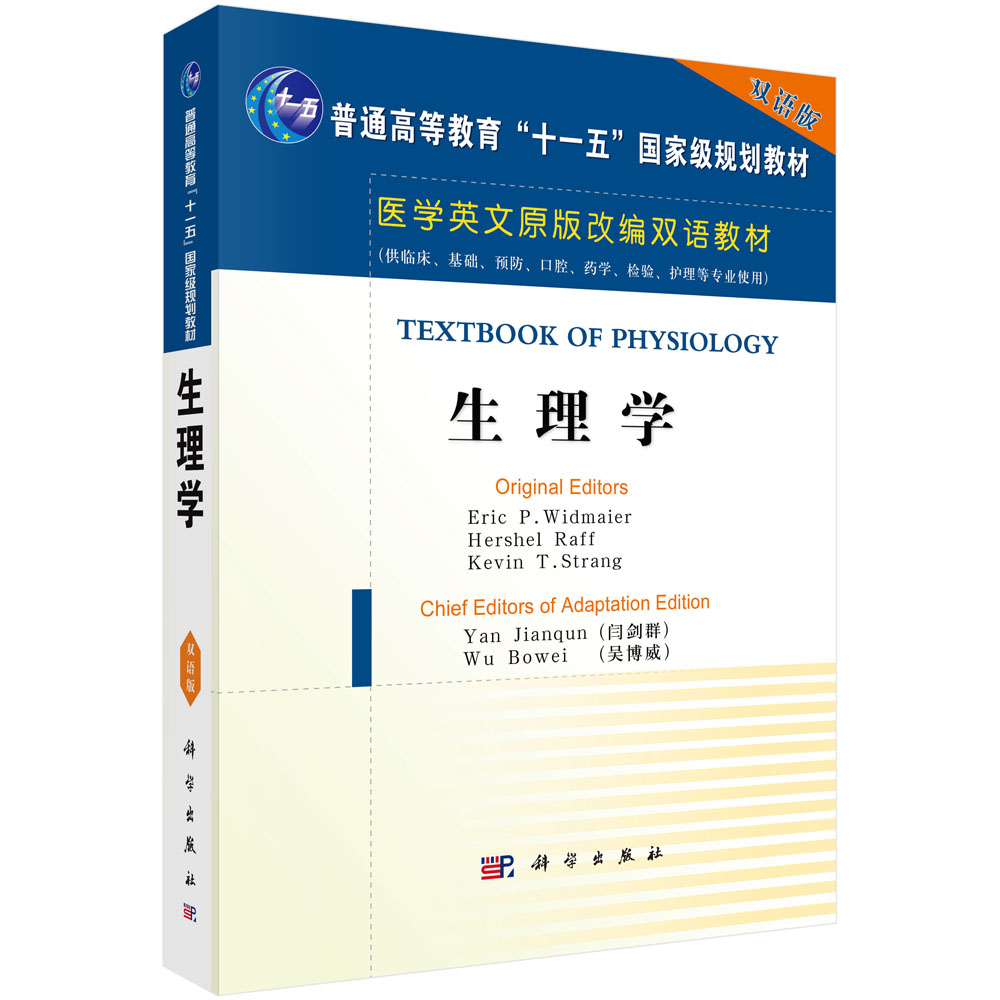
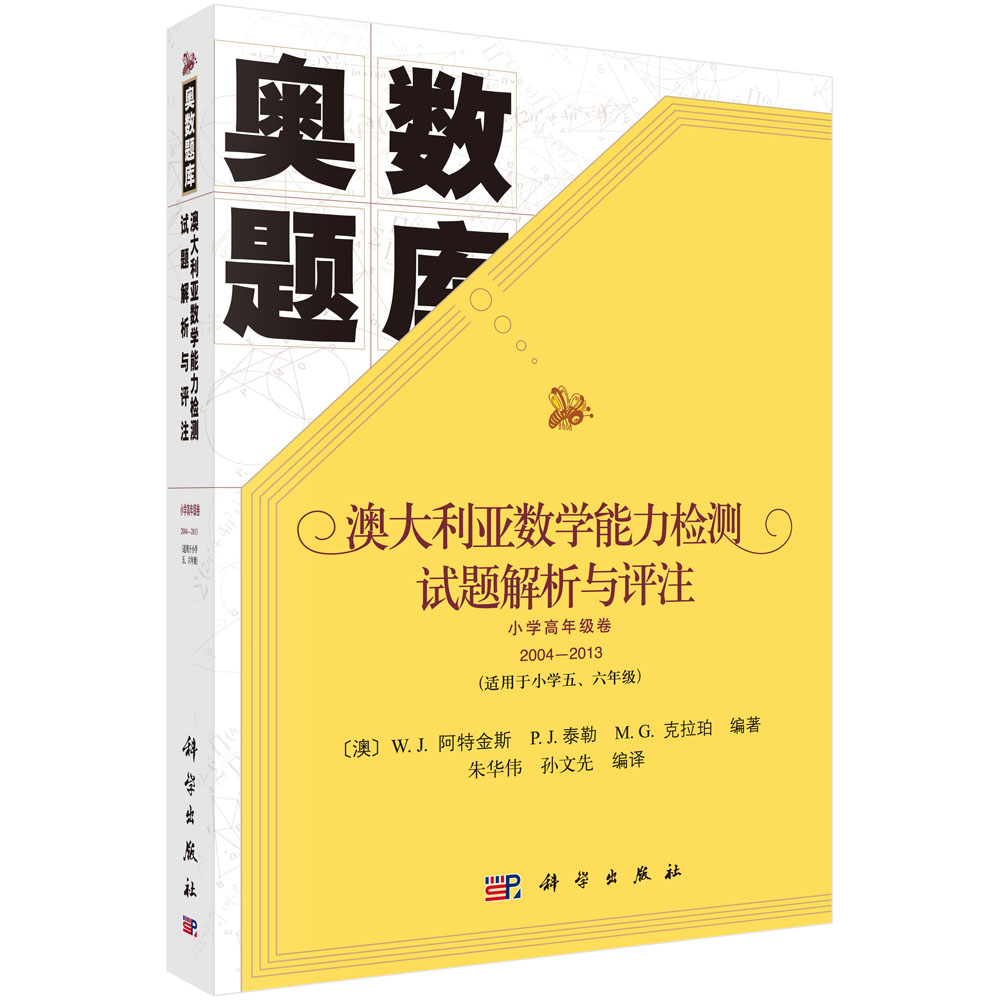

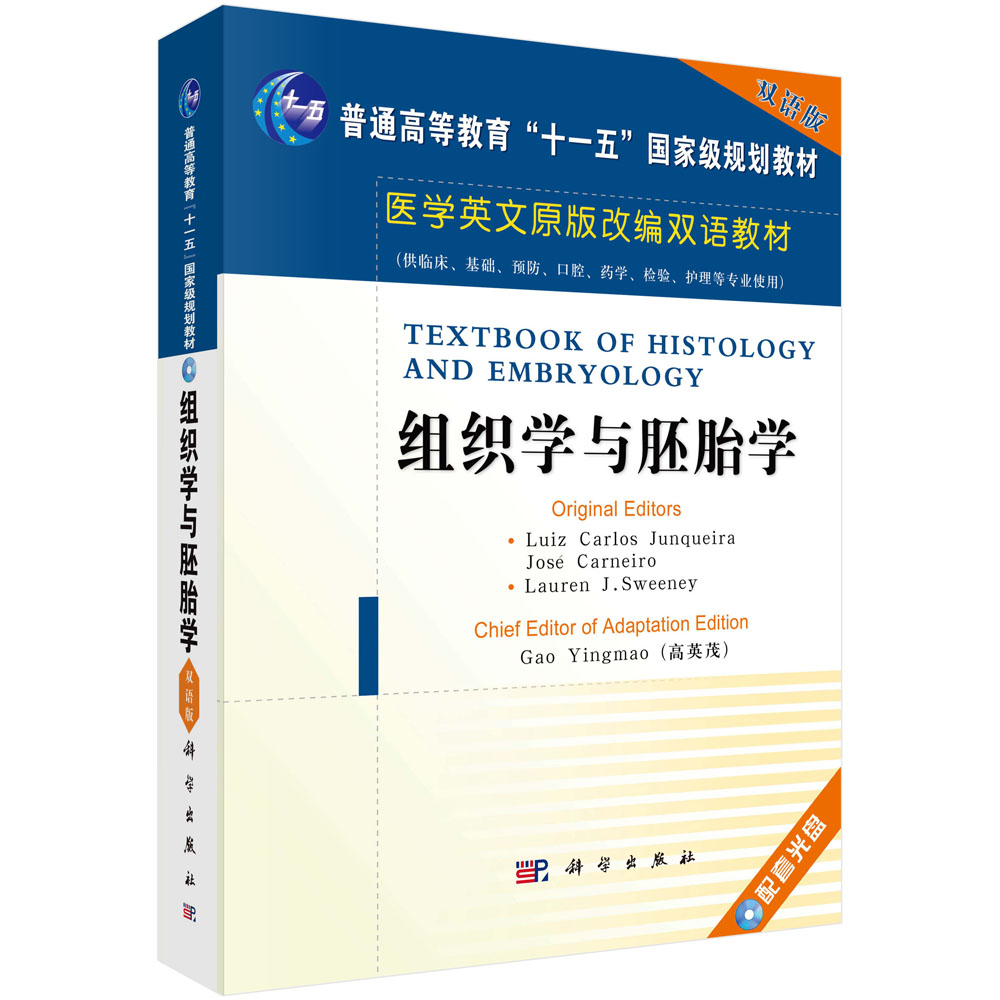
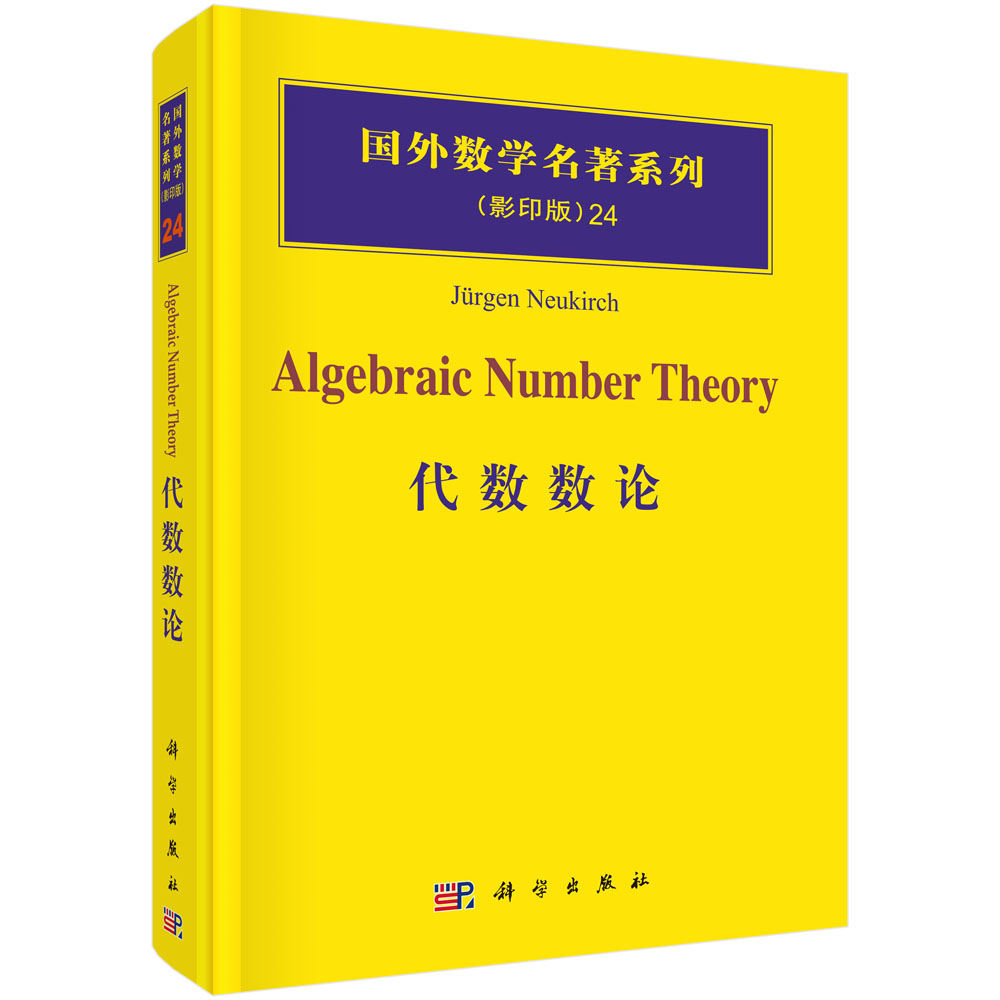
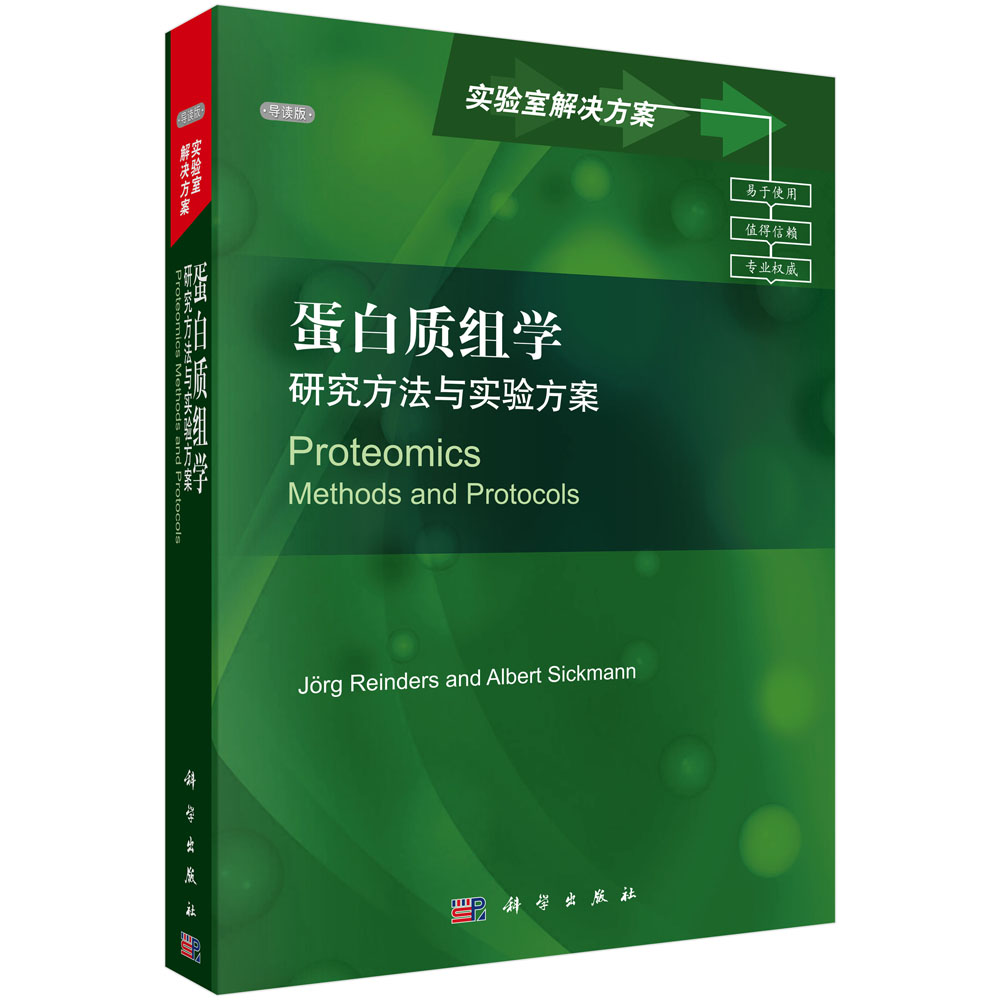
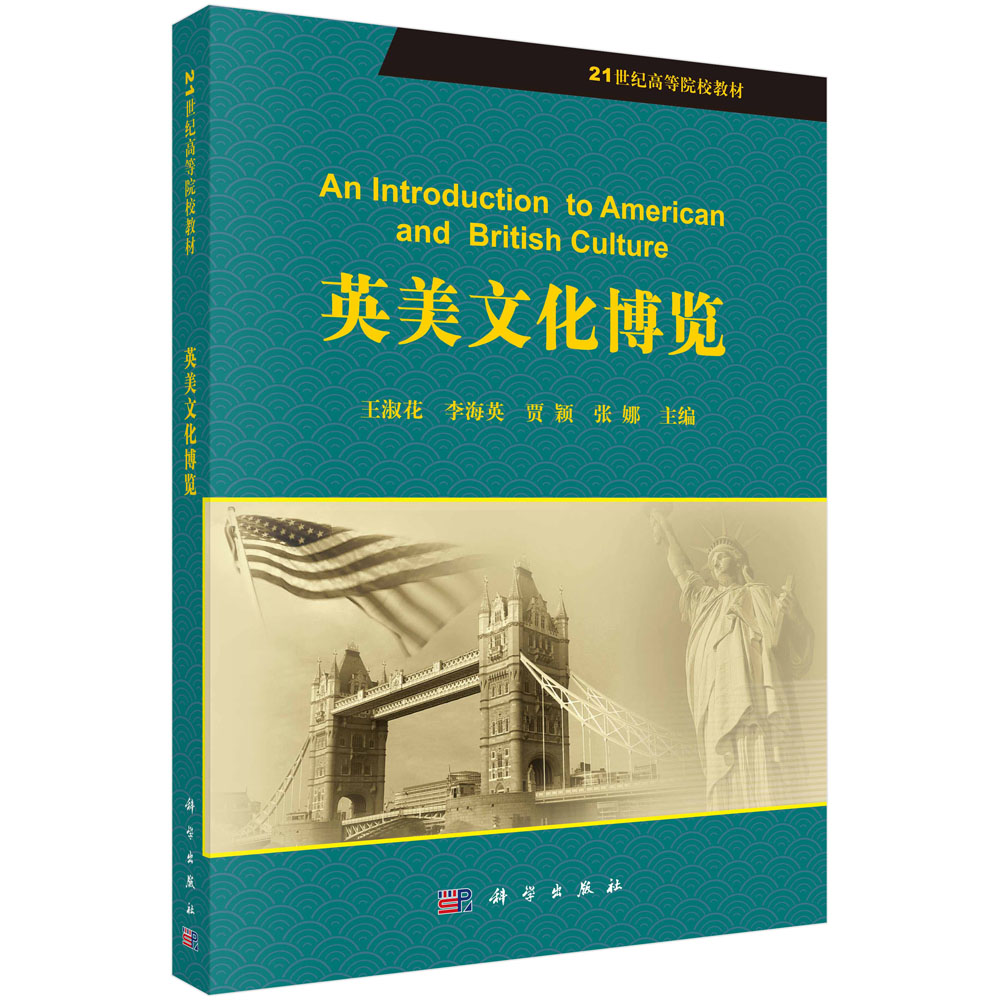

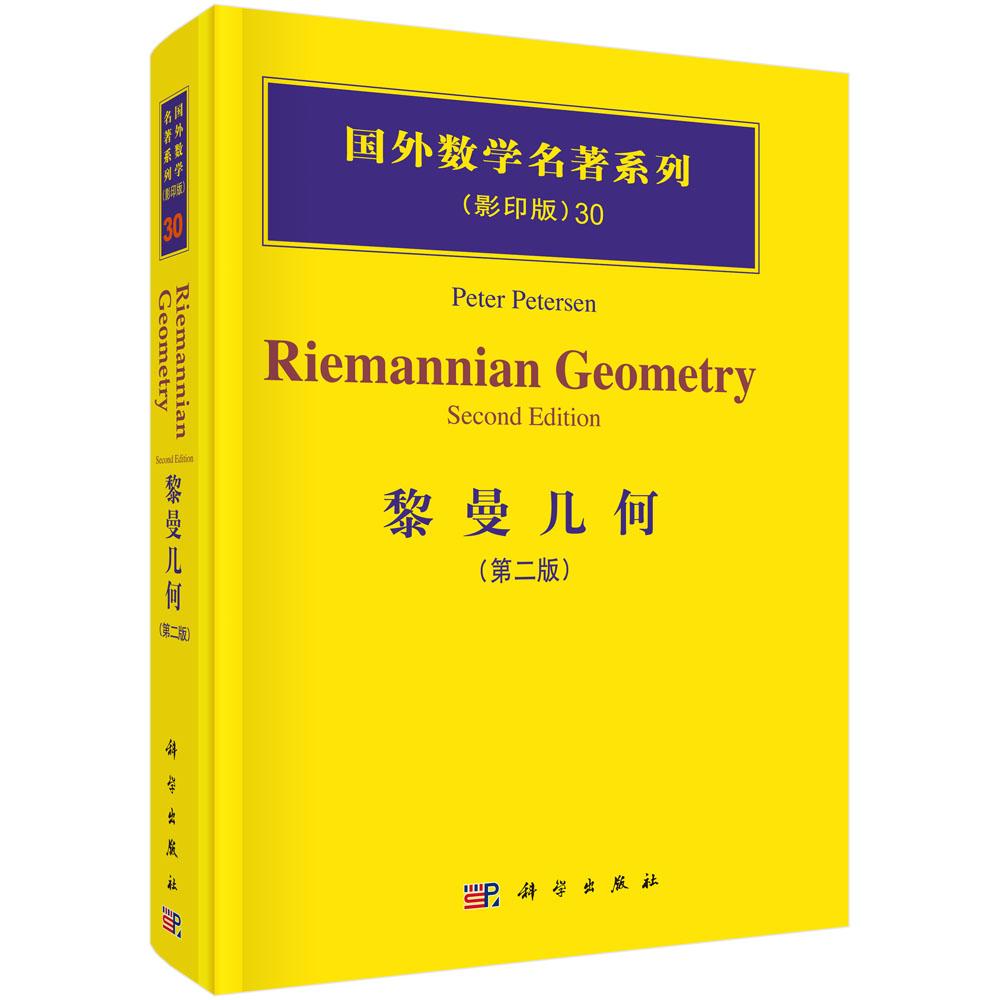
This book highlights principles and applications of electromagnetic compatibility (EMC). Affter introducing the basic concepts, research progress, standardizations and limitations of EMC, the book puts emphasis on presenting the mechanisms and suppression principles of conducted electromagnetic interference (EMI) noise, radiated EMI noise, and electromagnetic susceptibility (EMS) problems such as electrostatic discharge (ESD), electric fast transient (EFT) and surge. By showing EMC case studies and solved examples, the book provides effective solutions to practical engineering problems.
样章试读
- 暂时还没有任何用户评论
全部咨询(共0条问答)
- 暂时还没有任何用户咨询内容